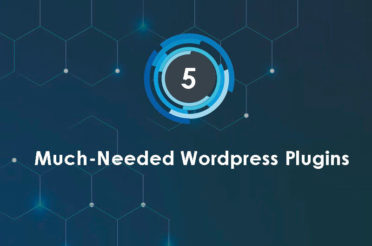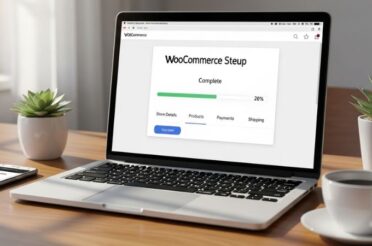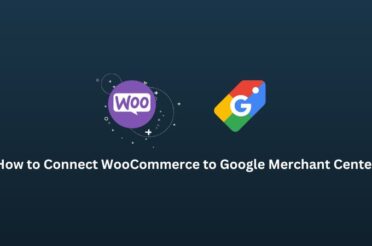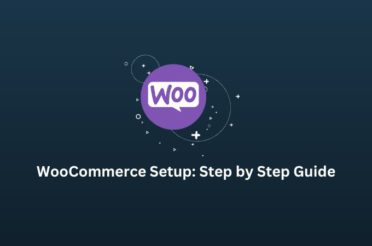In mid-June 2021, Google’s algorithm updates for page experience much-talked-about Core Web Vitals. And since then, they have been a hot topic in the SEO community.
Core Web Vitals evaluate or measure how visitors perceive the experience of interacting with a web page beyond its informational value. They include:
- Largest Contentful Paint (“LCP”) – Loading Performance
- First Input Delay (“FID”) – Interactivity
- Cumulative Layout Shift (“CLS”) – Visual Stability
They are the ranking signals that impact SEO, the website’s organic traffic, leads, conversions, etc. Improving all of them makes for a better user experience and improves a website’s ranking on SERPs.
THE CORE WEB VITALS SCORE
The core web vitals score indicates how fast the page content loads, how stable the content loads in the browser, and how quickly a webpage loads on a browser or responds to a user’s input.
To pass the Core Web Vitals assessment, it’s necessary to score “good” for all three Core Web Vitals. A score greater than 80 is considered good.
Check Your Core Web Vitals Score Here:
- Search Console’s Core Web Vitals report
https://support.google.com/webmasters/answer/9205520
- Google’s PageSpeed Insights Tool
https://developers.google.com/speed/pagespeed/insights/
- Chrome’s User Experience Report
https://developers.google.com/web/tools/chrome-user-experience-report
WHY SHOULD ONE CARE ABOUT CORE WEB VITALS?
Here are three primary reasons why online businesses must care about core web vitals:
- Users prefer sites that speedily load in their browser and save them the waiting time. Such sites are easy and friendly to use, on all screen sizes, from any location, and at any time. Faster loading speed adds to a better user experience, thus elevating a site’s online presence.
- As already mentioned in the introduction, core web vitals have become crucial ranking factors seeking no change in the coming future. Their relevance remains the same when it comes to growing a business online.
- Businesses can experience the impact of Core Web Vitals in a higher return on investment because a better user experience leads to more satisfied visitors and increased conversions.
DEEPER UNDERSTANDING OF CORE WEB VITALS
Largest Contentful Paint (LCP)
The slow loading speed of websites has always been a pain point for users. It increases the bounce rate and makes a business lag behind its competitors. Therefore, Google has made page speed an essential part of the user experience and provided a metric to measure it.
By looking at the Largest Contentful Paint (LCP), one can determine how much time it takes for the most extensive image or text block on a website to render. The LCP that occurs within 2.5 seconds of when the page first starts loading is considered good.
Ways To Optimize LCP:
- Cache assets
- Establish third-party connections early
- Optimize server
- Route users to a nearby CDN
- Serve HTML pages cache-first
- Use signed exchanges
First Input Delay (FID)
After the content loads, the next thing that determines a good page experience is how the content interacts with users. FID evaluates the time a user first interacts with the page to when the browser processes that interaction. As per Google, FID below 100 milliseconds is considered good.
Ways To Optimize FID:
- Split up Long Tasks
- Optimize the page for interaction readiness
- Decrease JavaScript execution time
- Use a web worker
Cumulative Layout Shift (CLS)
It measures how frequently a web page moves while users interact with the site. CLS sums the total of each unexpected layout shift and ranks the website or web page accordingly. Therefore, emphasizing the visual stability of the page is vital. According to Google, a good CLS should be 0.1 or less.
Ways To Optimize CLS
Don’t use:
- Ads, embeds, and iframes without dimensions
- Dynamically injected content
- Images without dimensions
- Web Fonts causing FOIT/FOUT
- Actions waiting for a network response before updating DOM
IMPORTANCE OF CORE WEB VITALS
As we know what core web vitals are and ways to optimize them, it’s time to learn their importance.
Websites with good core web vitals stand a higher chance of ranking on the first page of Google search results. UX has become a core ranking signal, and the respective metrics help achieve a good user experience.
SIMPLIFY YOUR CORE WEB VITALS WORKFLOW WITH US
Keeping the core web vitals on track will reward a business with better online visibility, improved targeting, more traffic, and increased conversions. In the end, Google wants to ensure great website experiences for users and thus focus on all factors that need to be in line. Therefore, as long as an online business creates quality content that adds value to its customers, it will continue doing good in the digital landscape.
We believe that the article has provided you with the headstart to better understand Google’s Core Web Vitals and why it matters.
Contact us if you have any questions or need help. We will be there to assist!









